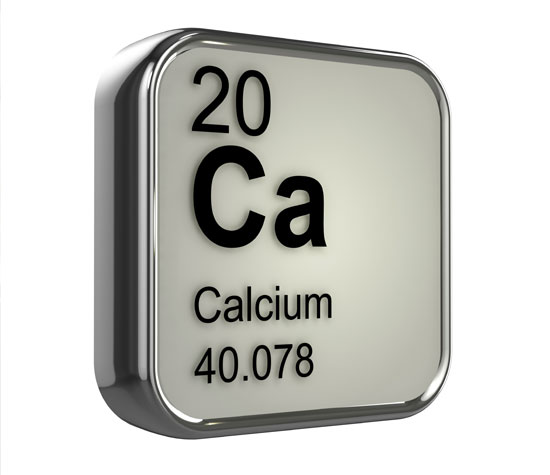Page Contents
OVERVIEW
This page is designed to organize content that is relevant to the topic of hypocalcemia. This term is used often in medicine, and it is important that we become as familiar as possible with it.

WHAT EXACTLY IS IT?
Before going any farther, let us make sure we clearly define the “medical problem”. Hypocalcemia refers to lower levels of calcium in the serum. THERE IS SOME NUISANCE IN DECIDING IF A PATIENT HAS HYPOCALCEMIA.
Serum levels of calcium:
The reference range for total serum calcium is 8.5-10.5 mg/dL. Using this reference patients with a total serum calcium < 8.5 mg/dL are considered to have hypocalcemia. HOWEVER because much of the serum calcium is protein bound (principally to albumin), the above reference range for total serum calcium assumes that the patient has a normal level of albumin in the serum (~ 4.0 g/dL). For patients who have an abnormal amount of albumin a corrected level of calcium must be used to evaluate for hypocalcemia.
Corrected levels of calcium (relative to albumin):
Each 1 g/dL change in albumin in a patient’s serum will result in ~0.8 mg/dL change in total serum calcium (a decrease in albumin will decrease calcium and vice versa). This is because much of the calcium in the serum is actually bound to albumin. For this reason any patient who is suspected to have a calcium abnormality must also have their albumin levels evaluated. Patients with abnormal albumin levels must have their calcium corrected to accurately assess for hypocalcemia. The below formula can be used (often 4.0 g/dL is used as the normal albumin value):
Calcium = Serumcalcium + 0.8 * (Normalalbumin – Patientalbumin)
Online calculators also exist to make this process easier.
Ionized calcium:
If there is confusion regarding the diagnosis of hypocalcemia, serum ionized calcium (free calcium) can also be measured. It is important to note that the affinity of calcium for albumin is increased in the presence of alkalosis (which will decrease the amount of free calcium present). The reference range for ionized calcium is ~ 4.4-5.4 mg/dL.
WHY IS IT A PROBLEM?
ORGANIZING THE DIFFERENTIAL
The differential diagnosis for hypocalcemia can be organized in a few different ways:
- Can’t miss diagnosis
- Organ systen
- Disease category
- Diagnostic modality
- Most common diagnosis
CLINICAL “WORKUP”
Now that the possible causes of hypocalcemia have been established, the focus can shift to how one would actually “work-up” a patient who presents with hypocalcemia.
- Collecting the history
- Performing the physical
- Ordering studies/tests
- Intrepreting clinical data
TREATMENT
The treatment of hypocalcemia may vary depending on the etiology of the condition, and is elaborated upon more below:
Page Updated: 01.23.2017